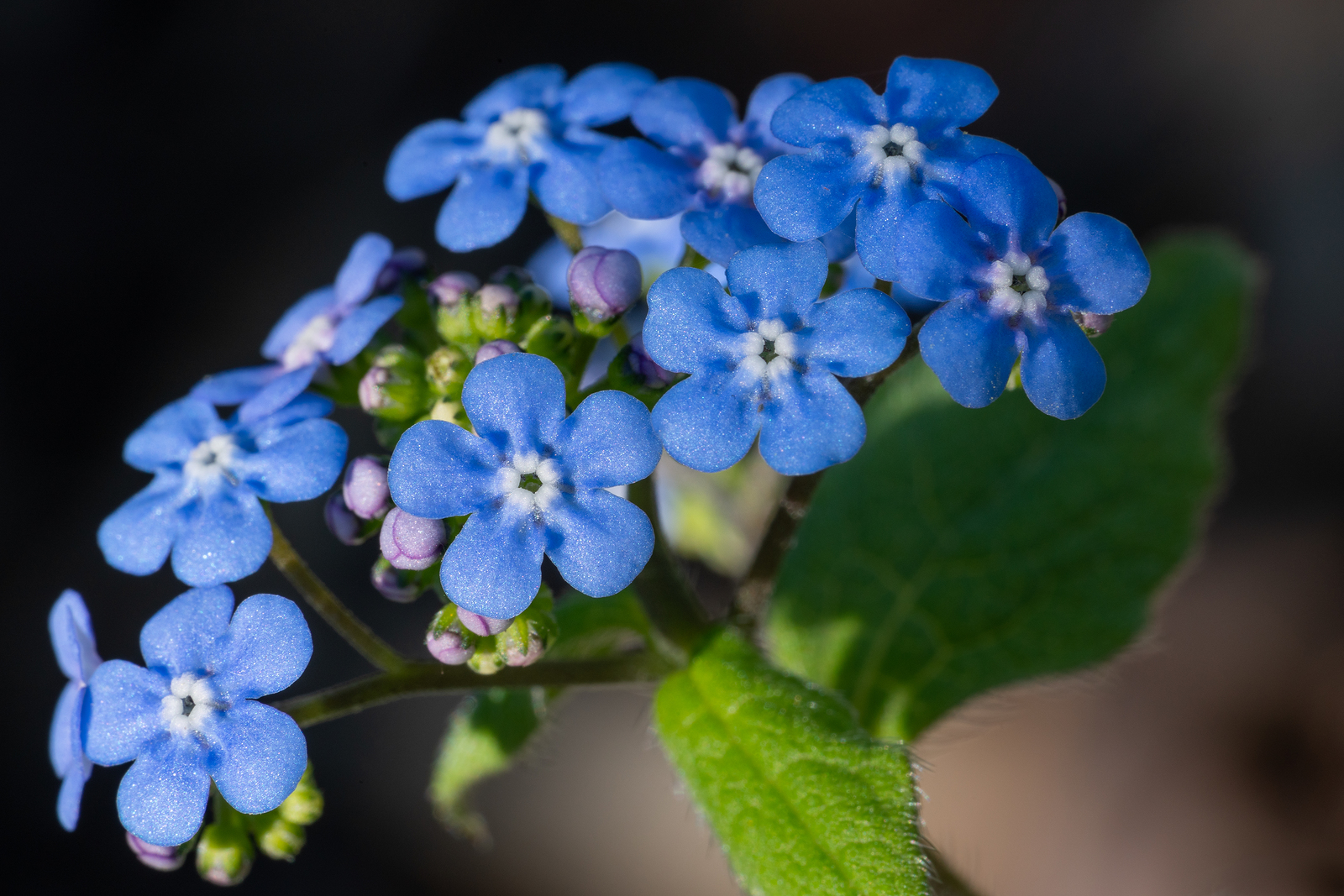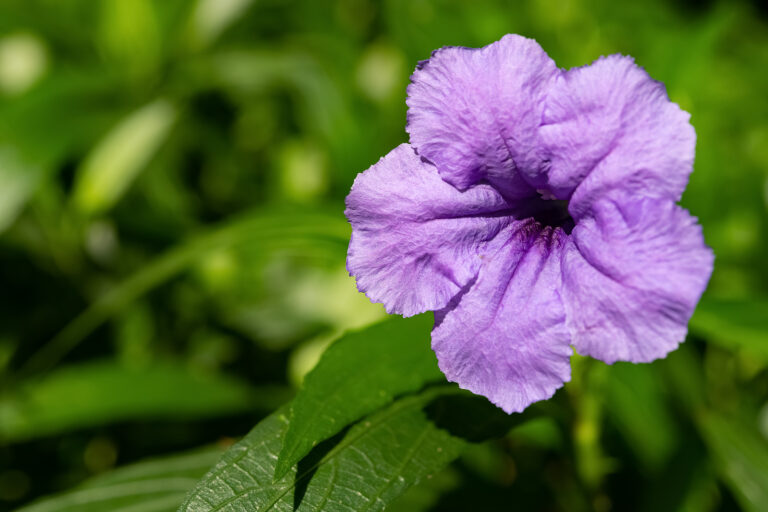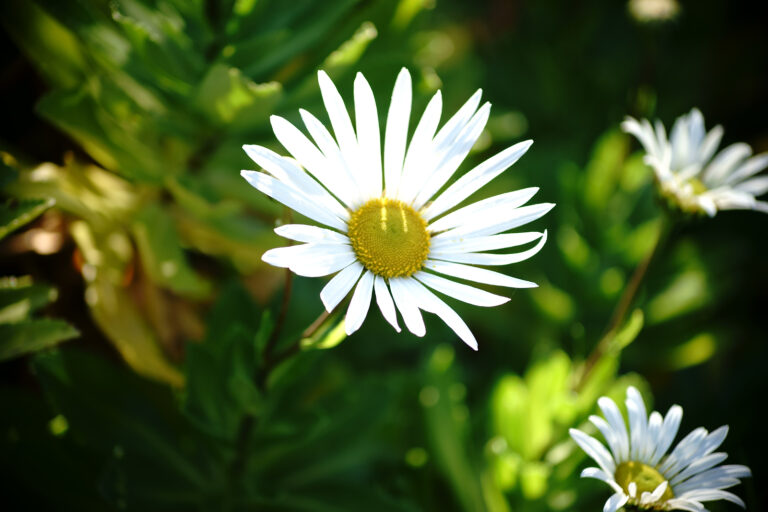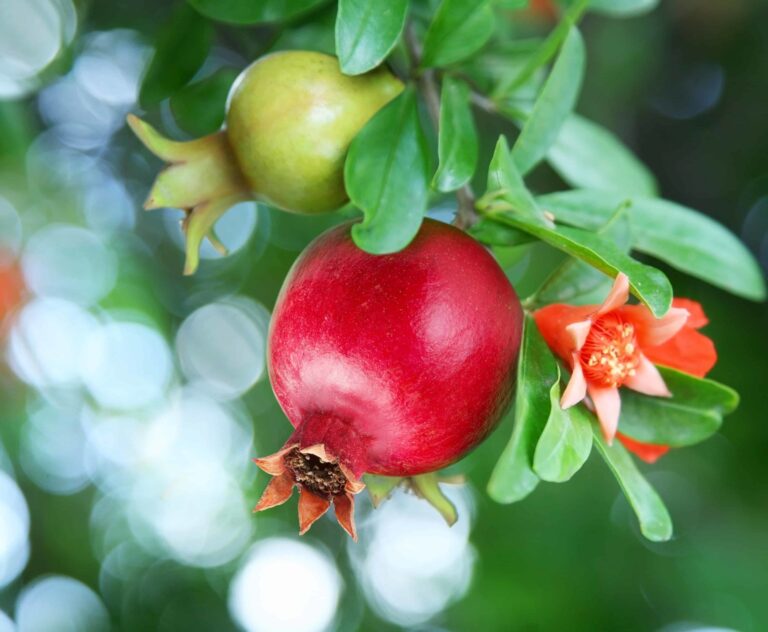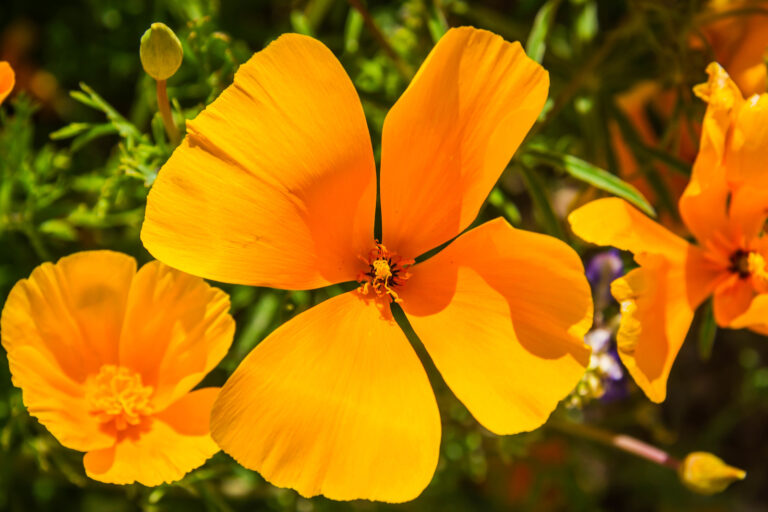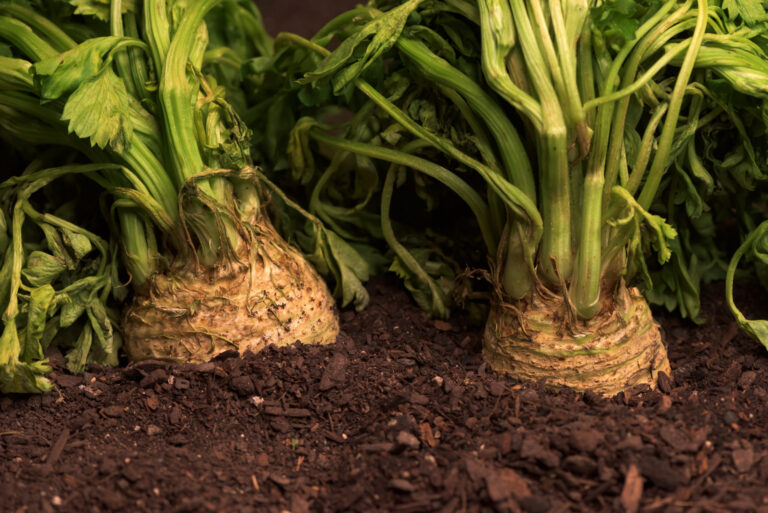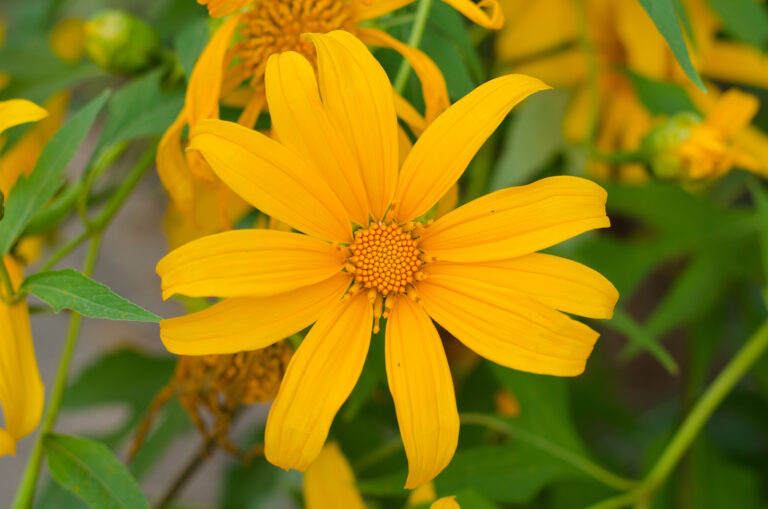How to Grow Bugloss – Anchusa
Anchusa–commonly called Bugloss–has vibrant blue flowers, the purest blue of any flower. Italian bugloss is related to forget-me-not (Myosotis) and looks very much the same. It is easy to grow and adds color to the garden.
Anchusa is also known as Alkanet, Bugloss, and Summer-forget-me-not. Anchusa genus includes easy-to-grow perennial and biennial plants. They are excellent for the summer border in a sunny location.
Anchusa makes good-sized clumps of rather coarse, usually hairy foliage from which rise 2 to 4-foot (.6-1.2m) leafy stalks bearing flowers from mid-summer to early autumn. Flowers are masses of small usually intense blue flowering.
Anchusa does well in ordinary soil, but given plenty of aged compost, it grows vigorously.
Seed sown in spring will bear flowers in summer. After flowering, cut off the flowers and their stems and give the plants a little fertilizer or liquid manure to stimulate a second blossoming until frost. Then cut back again.
Biennial Anchusa are usually treated as annuals
Anusha is a member of the Borage family.
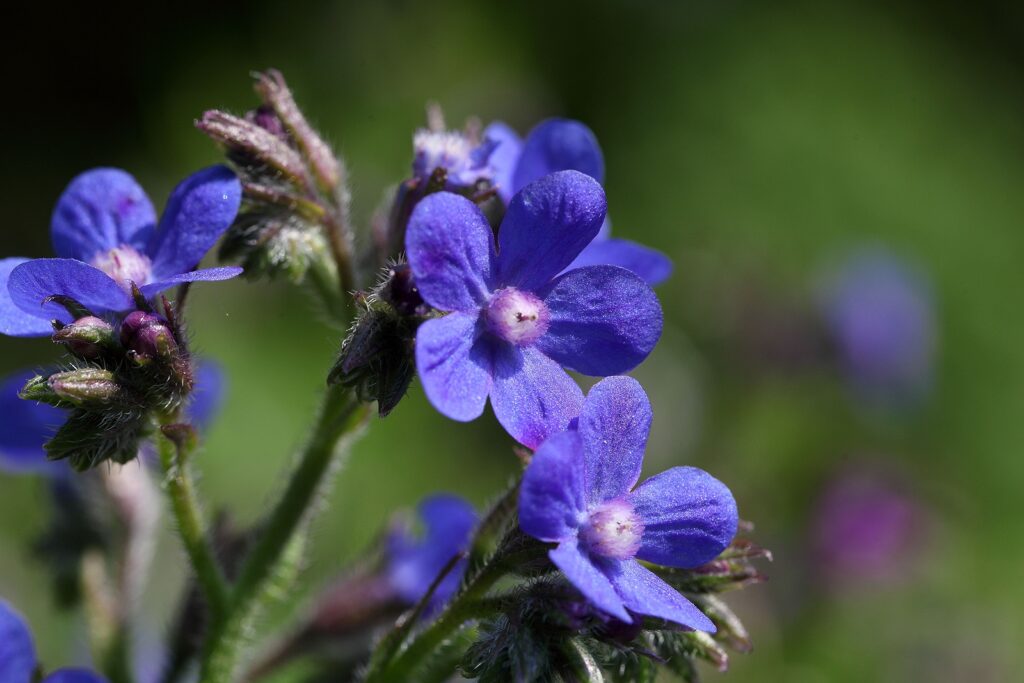
Get to know Anchusa
- Plant type: Perennial variety and annual variety
- Growing Zones and range: Zones 3 to 9
- Hardiness: Perennial species Anchusa azurea is hardy to -30°F (-34°C); annual species A. capensis is tender
- Height and width: 2 to 5 feet (60-150cm) tall; 2 feet (60cm) wide
- Foliage: Lush oblong leaves covered in stiff hair; long branches bear a terminal cluster of flowers; Italian bugloss has fibrous roots
- Flower form: Small ¾ inch (18mm) five-petaled flowers in nearly flat clusters are blue.
- Flower color: Blue
- Bloom time: Late spring through fall
- Uses: Plant in borders; attracts bees
- Garden companions: lady’s mantel with perennial Italian bugloss; grow annual Italian bugloss in borders with Shasta daisies, yarrow, marigolds, and petunias
- Common name: Bugloss, alkanet; summer-forget-me-not
- Botanical name: Anchusa spp.
- Family: Boraginaceae
- Origin: Temperate regions of Europe, Africa, and West Asia
Where to plant Anchusa
- Plant Anchusa in full sun to light shade.
- Grow Anchusa in loose, humus-rich, well-drained garden. Soil too rich can cause plants to become floppy.
- Anchusa prefers a soil pH of 5.5 to 7.0.
Anchusa uses and companions
- Use Anchusa as edging or mass plants in beds or borders to dramatize the vivid blue.
- Combine Anchusa with yellow marigolds and red petunias.
- Good companions inclues Achillea filipendula, Artemisia, Coreopsis, and Hemerocallis.
When to plant Anchusa
- Sow seed or set out established seedlings in spring. Perennial bugloss can also be planted in the fall.
- Sow seeds of annual anchusa indoors 6 to 8 weeks before the last spring frost.
- Sow seeds directly in the garden after the last frost in spring.
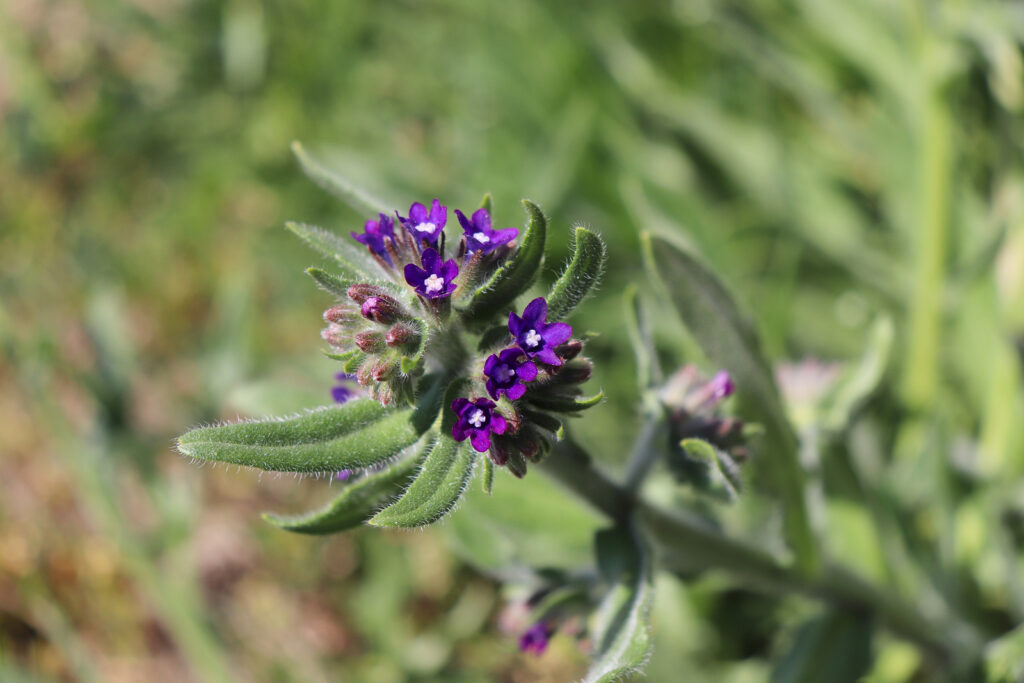
Planting and spacing Anchusa
- Sow seeds 1/4 inch deep. Start seeds indoors in six-packs or flats in a seed starting mix or light potting mix.
- Sow seed outdoors in evenly prepared and raked soil.
- Space bugloss 2 to 3 feet (60-90cm) apart.
How to water and feed Anchusa
- There is no need to feed Anchusa; soil too rich will cause plants to grow rangy and floppy.
- Water only when the soil dries out. Soil too moist can cause bugloss roots to rot especially in winter.
Anchusa care
- Stake plants as they show signs of becoming floppy or top-heavy.
- After first flush of blooms, cut back plants to within 6 to 8 inches of th ground; they wil rejuvenate quickly.
- Deadhead flowers or cut flowers for arrangements to promote new blooms.
- Watch that Anchusa does not become invasive. Remove spreading plants if you do not want them.
Anchusa pests and diseases
- Anchusa is susceptible to mosaic, rust, and mildew.
- Pests that may attack include leafhoppers, grubs, and cutworms.
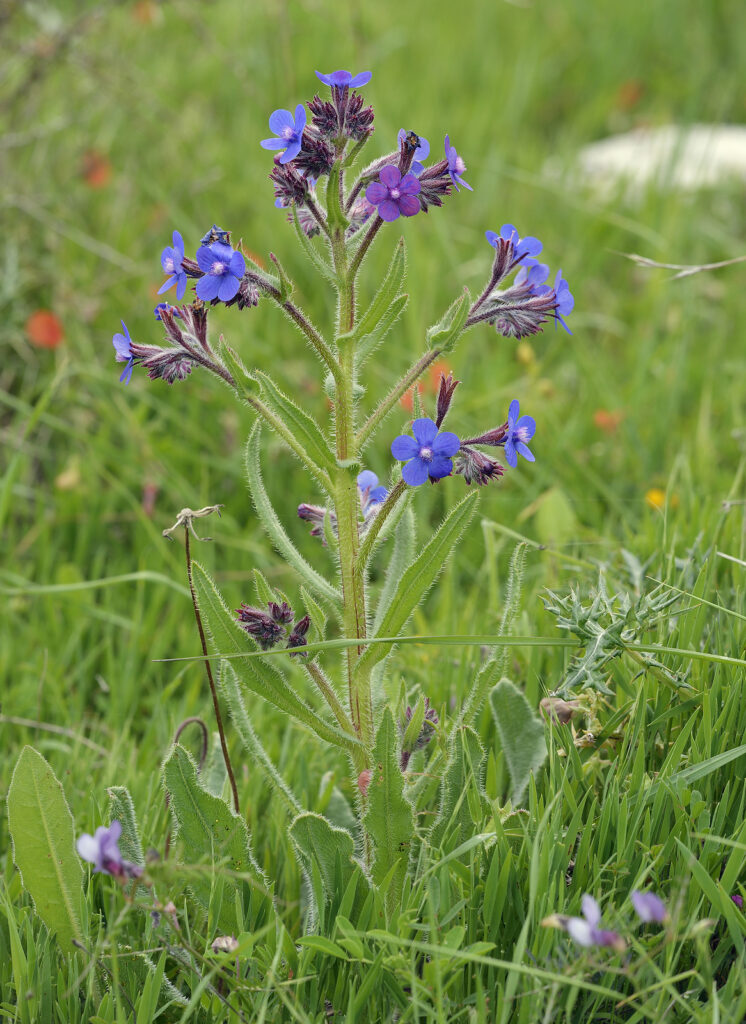
Anchusa propagation
- Propagate Anchusa by seed; plants freely self-sow.
- Germination takes 14 to 21 days; maintain night temperatue of 70°F (21°C) and daytime temperature of 85°F (29°C).
- Divide clumps after flowering; take root cuttings in early spring.
Anchusa varieties to grow
- Anchusa azurea also called Cape bugloss is a perennial spreading plant 3 to 5 feet (.9-1.5m) tall; clusters of bright blue blossoms; blooms in summer and fall. Cultivars include ‘Dropmore’ a compact plant that has deep blue flowers, and ‘Loddon Royalist’ grows to 3 feet and has gentian blue flowers.
- A. capensis, summer forget-me-not, is a biennial often grown as an annual when planted in fall; it has bright blue flowers that have white throats; grows to 18 inches (45cm) tall.

